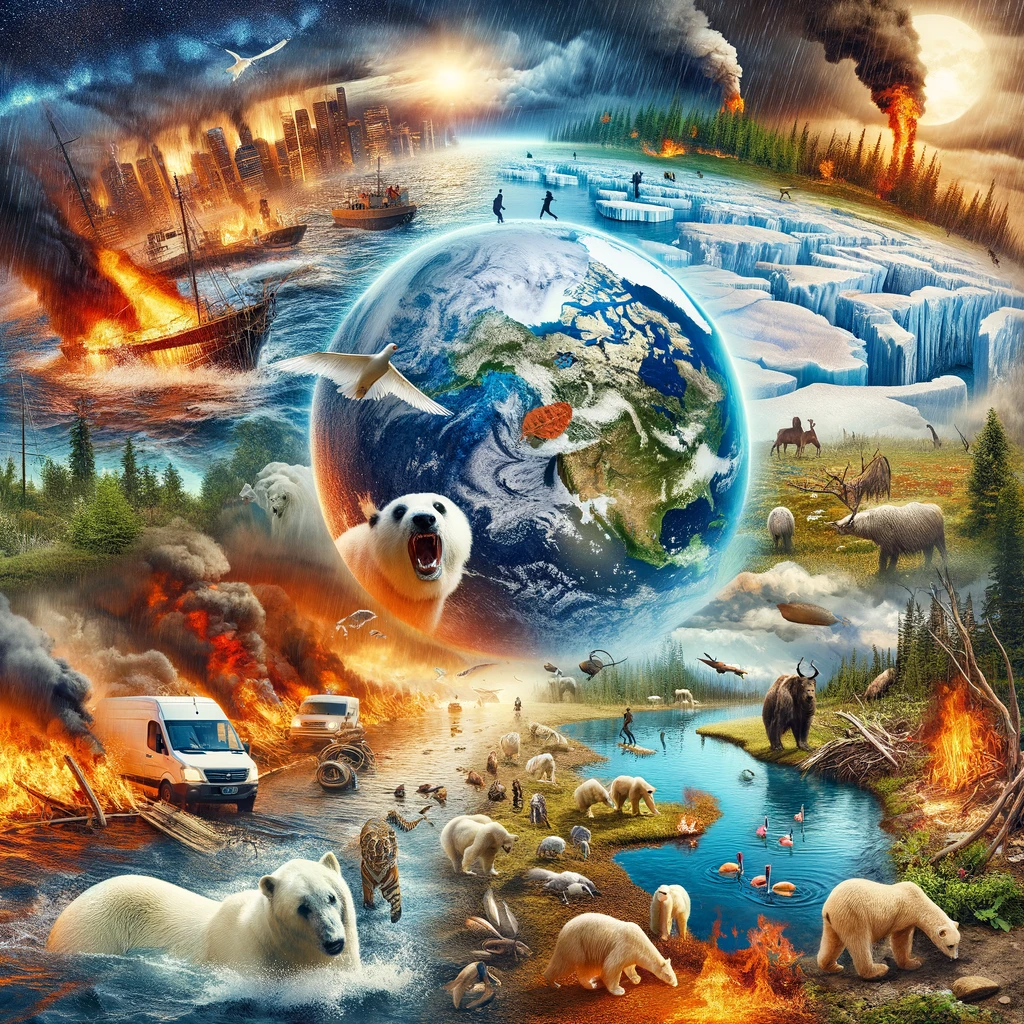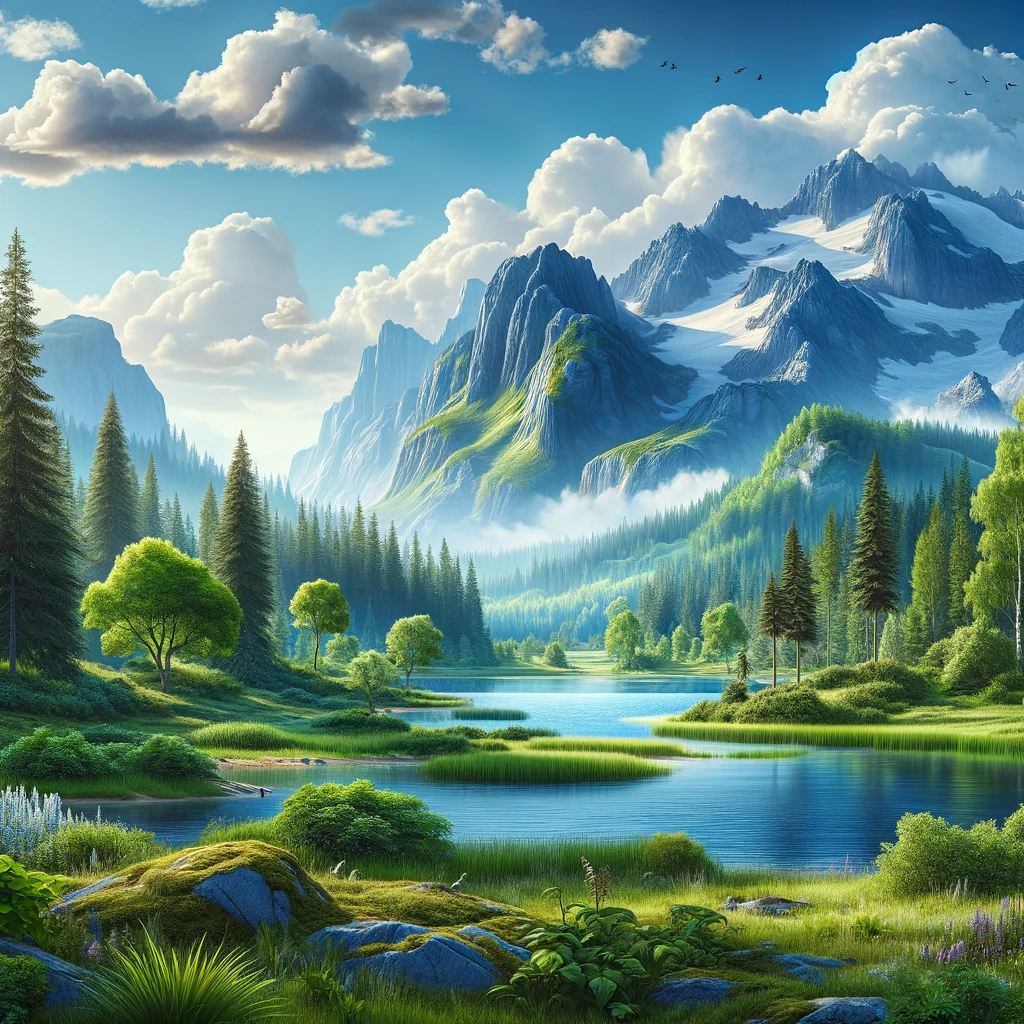Climate change stands as one of the most pressing issues of our era, posing significant challenges to our planet’s ecosystems, weather patterns, and the way we live. Understanding the science behind climate change is crucial for developing effective strategies to mitigate its impacts. This article explores the essential scientific data surrounding climate change, providing a comprehensive overview of its causes, effects, and potential solutions.
The Science Behind Climate Change
Greenhouse Gases and Global Warming
At the core of climate change science is the concept of global warming caused by increased concentrations of greenhouse gases, such as carbon dioxide (CO2) and methane (CH4), in the Earth’s atmosphere. These gases trap heat from the sun, leading to a gradual increase in global temperatures. A significant contributor to the rise in greenhouse gases has been human activities, particularly the burning of fossil fuels like coal, oil, and gas, and deforestation.
The Role of Human Activity
Human activities, ranging from industrial processes to agriculture, have substantially increased the concentration of greenhouse gases in the atmosphere since the Industrial Revolution. This spike in greenhouse gases has led to a rapid increase in global temperatures, a phenomenon unprecedented in the Earth’s history.
Natural Climate Cycles
The Earth’s climate has always been subject to natural cycles, such as the Milankovitch cycles, which describe changes in the Earth’s orbit and tilt and influence climatic patterns over thousands of years. However, the current rate of climate change far exceeds these natural cycles, pointing to human influence as the primary driver.
 The Impact of Climate Change on Our Planet
The Impact of Climate Change on Our Planet
Extreme Weather Patterns
One of the most visible impacts of climate change is the increase in frequency and intensity of extreme weather events. These include heatwaves, droughts, floods, hurricanes, and wildfires, which have devastating effects on communities, economies, and ecosystems.
Rising Sea Levels
As global temperatures rise, polar ice caps and glaciers are melting at an accelerated rate, contributing to rising sea levels. This poses a significant threat to coastal cities and island nations, leading to increased flooding and erosion.
Ecosystem Disruption
Climate change significantly affects ecosystems and biodiversity. Changes in temperature and weather patterns disrupt the natural balance, leading to shifts in species distribution, loss of habitat, and increased risk of extinction for many species.
Real-World Data and Case Studies
Climate Statistics and Trends
Recent studies and data show a consistent trend in rising global temperatures. The last decade was the warmest on record, and the rate of warming has been increasing steadily over the past 50 years.
Case Studies
Real-life examples further illustrate the impact of climate change. For instance, the Great Barrier Reef has experienced severe coral bleaching due to rising sea temperatures, affecting marine life and tourism. Similarly, the increase in frequency and severity of wildfires in regions like California and Australia highlights the consequences of prolonged drought and higher temperatures.
Technological Innovations in Climate Science
Emerging technologies are playing a critical role in understanding and combating climate change. Innovations in renewable energy, carbon capture, and climate modeling are paving the way for more effective solutions.
Policy and Global Climate Agreements
International agreements, such as the Paris Agreement, are crucial in addressing climate change. These agreements set targets for reducing greenhouse gas emissions and promote cooperation between nations in climate action.
Public Perception and Social Impact of Climate Change
The way societies perceive and respond to climate change is vital for effective action. Public awareness campaigns, education, and community engagement are essential in fostering a collective response to the challenges posed by climate change.
 Conclusion
Conclusion
Climate change is an intricate and multi-faceted issue that requires a comprehensive understanding and a global response. The scientific data is clear: human activities have significantly contributed to the rapid changes we are witnessing in our climate. Addressing this challenge requires a collective effort from individuals, communities, industries, and governments worldwide. Continued research and innovation, along with public engagement and policy changes, are essential in mitigating the impacts of climate change and safeguarding our planet for future generations.
Frequently Asked Questions
What is the difference between climate change and global warming? Global warming refers to the increase in Earth’s average surface temperature due to rising levels of greenhouse gases. Climate change includes global warming but also encompasses other changes such as sea-level rise, shifts in weather patterns, and increased frequency of extreme weather events.
Can individual actions make a difference in combating climate change? Yes, individual actions can collectively make a significant impact. Simple steps like reducing energy consumption, using public transport, recycling, and supporting sustainable practices can contribute to reducing greenhouse gas emissions.
What are the biggest contributors to climate change? The largest contributors to climate change are the burning of fossil fuels for electricity, heat, and transportation, deforestation, and industrial processes.
How does climate change affect wildlife and biodiversity? Climate change affects wildlife and biodiversity by altering habitats, disrupting food chains, and changing migration patterns. This can lead to species extinction and a loss of biodiversity.
